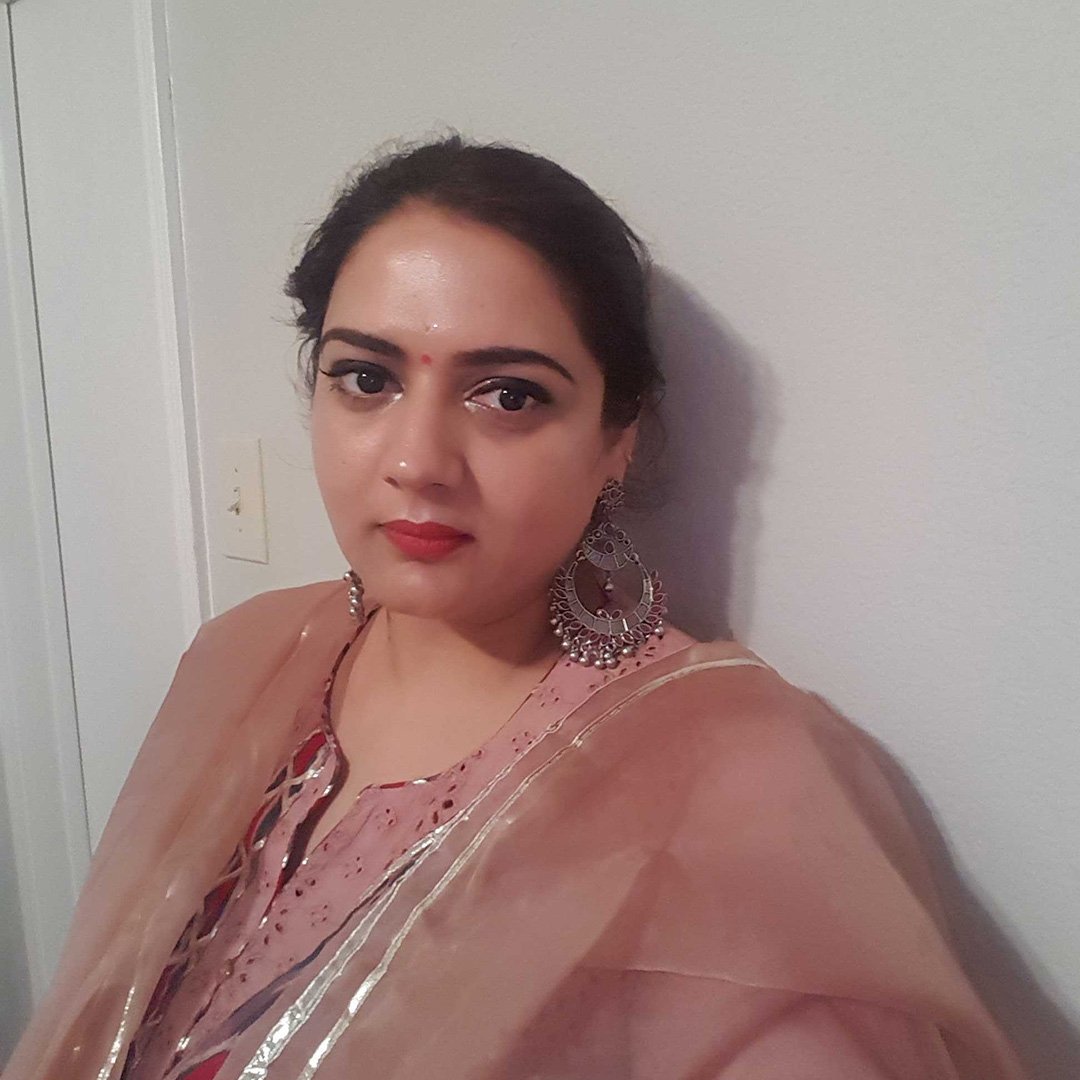Last Friday, we set aside laptops, documents, headsets, iPads, and code a little early so we could powder our noses and make our way to the fabled kitchen of Chef Pascal Sauton for an end of year team gathering and feast. For now more than a year Pascal’s home kitchen has been at his very own Milwaukie Kitchen & Wine just south of Portland. The place certainly fulfilled its mission to be a “gathering place to celebrate community through food and drink” that night. Pascal entertained us with stories and culinary instruction while preparing and serving:
MENU
Snack
Denoit Sparkling Brut (FR)Butternut Squash Puree with Crispy Chicken Skin & Pomegranate
First Course:
Green Pea Pancake (Gluten Free) with Smoked Salmon
2006 Clisson Muscadet (FR) Shaved Fennel, Crème Fraîche, Cilantro
Second Course
Seared Moulard Duck Breast with Port Sauce
Potato Paillasson, Cheesy Spinach
2008 Rioja Lorinon Crianza (SP)
Dessert
Crema Catalana with Pear Hazelnut Compote
and Cocoa Nib Cookie Boutinet Pineau des Charentes (FR)
Ristretto Roasters Coffee & Decaf
We learned a bunch (Ben and I have since attempted a couple of the Pascal-inspired dishes and techniques), and we had a terrific time, though regretting the absence of a couple people who were felled by the flu or marooned on the beaches of Cambodia. If anyone out there is looking for an original and fun way to do a company party or to take a three hour tour through culinary goodness, we highly recommend giving Pascal a ring.







